| | Rain, glorious rain (with apologies to everyone affected by the Woolsey Fire and suffering from mudslides). I’m ecstatic about our several rain storms with their mostly gently falling drops spaced out with minimal misting and even some sun. This mode enables the rain to be absorbed by the soil by bits at a time with “breathers” in between. If you’ve had runoff, you’ll need to pile on more mulch to break the fall of the drops and enable more of that slow absorption for future rains. Either way, let the soil in the garden beds drain over several days after the last rain storm before walking or digging. Handling soggy soil will push out the air pockets, compacting it and resisting future water absorption. Even walking in pathways will also squish out the air spaces, compacting it as well. Even though you’re not growing anything (perhaps some weeds) in the pathways, the area serves as a reservoir for moisture and nutrients that plants in raised beds can access. So compacting the pathways makes it harder for plant roots to connect with. A great thing about all this rain is that it’ll protect plants from potential frosts, since the root zones are thoroughly moist. Even if air temperatures sink into the low 30s on clear, windless nights, plants should resist damage. Our average last frost date is January 31. See “Monthly Tips” for January tasks. |
|
1 Comment
Leave a Reply. |
Categories |
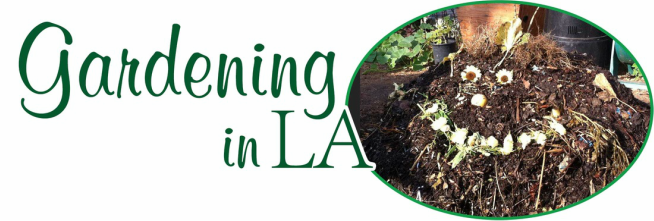


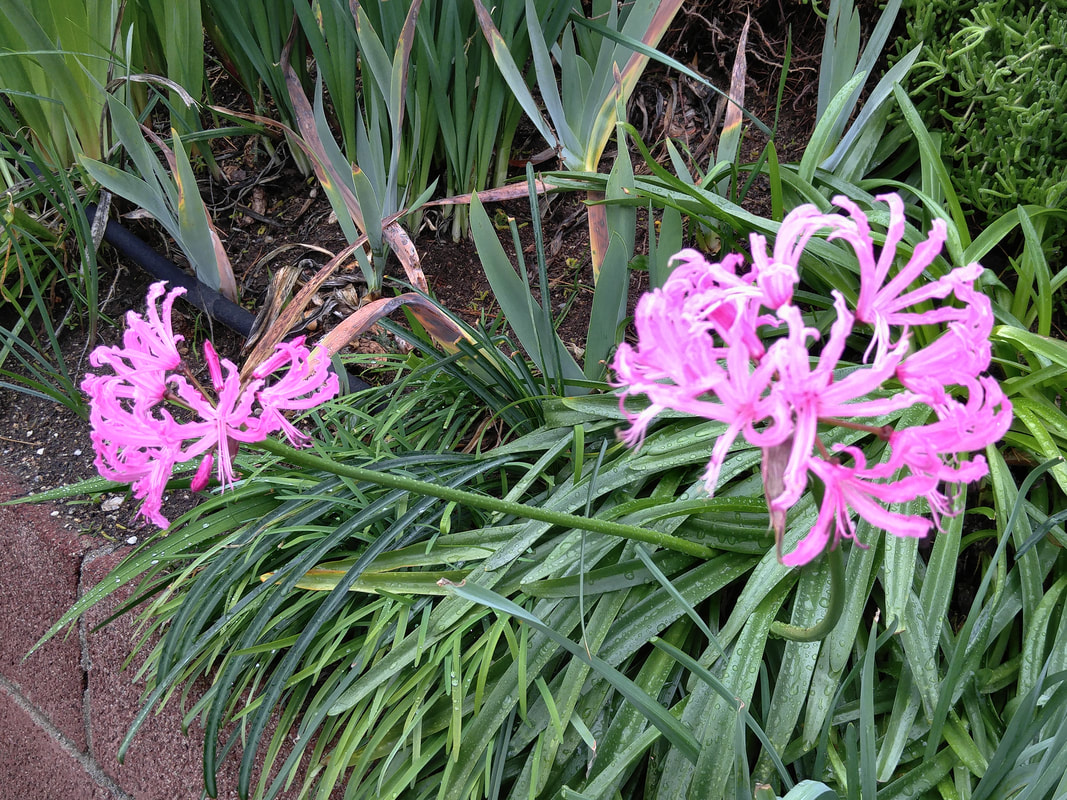
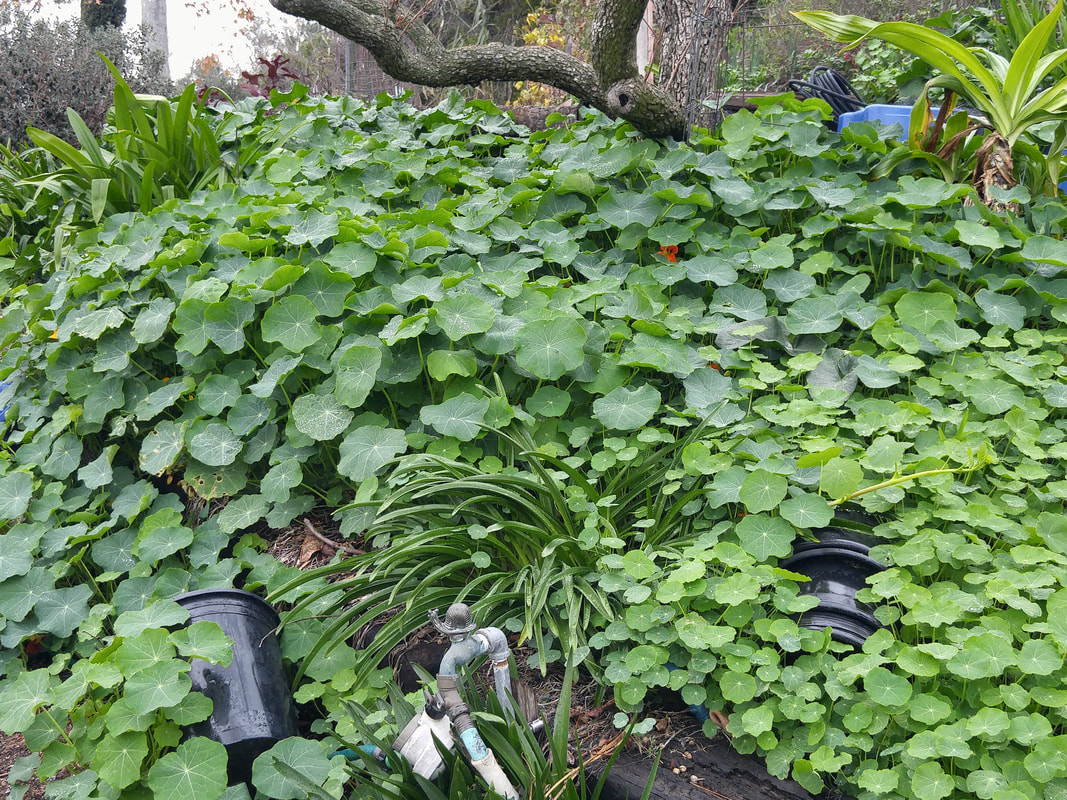
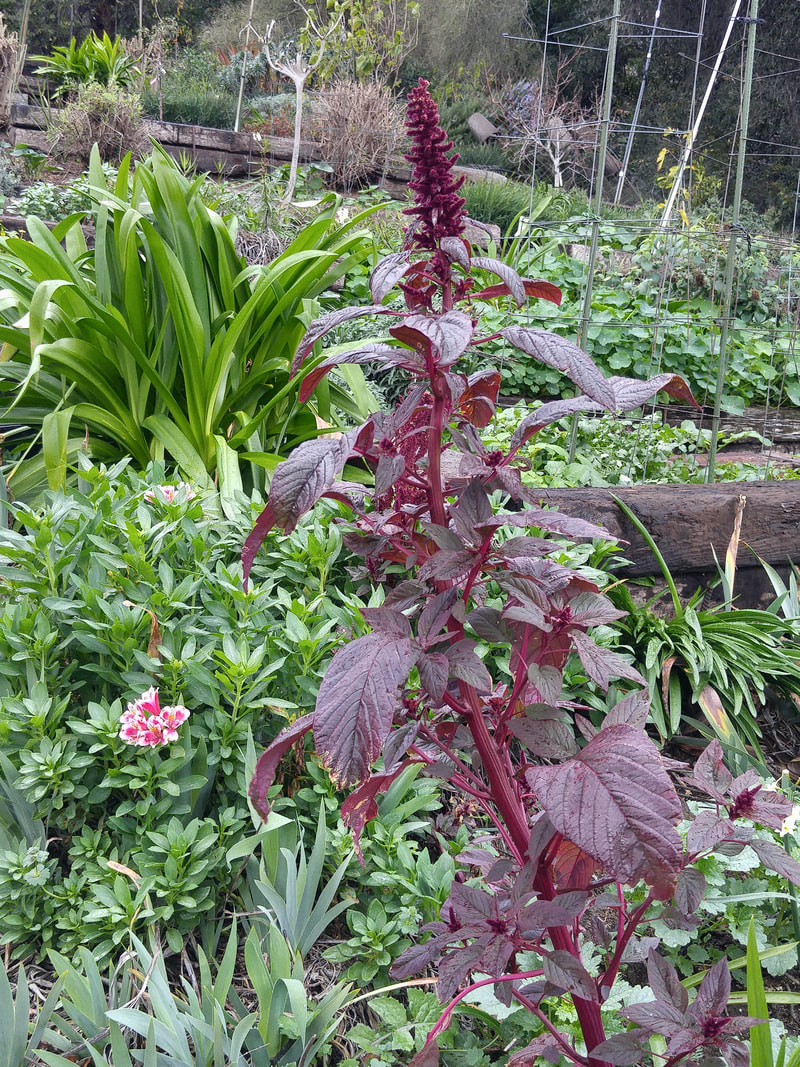
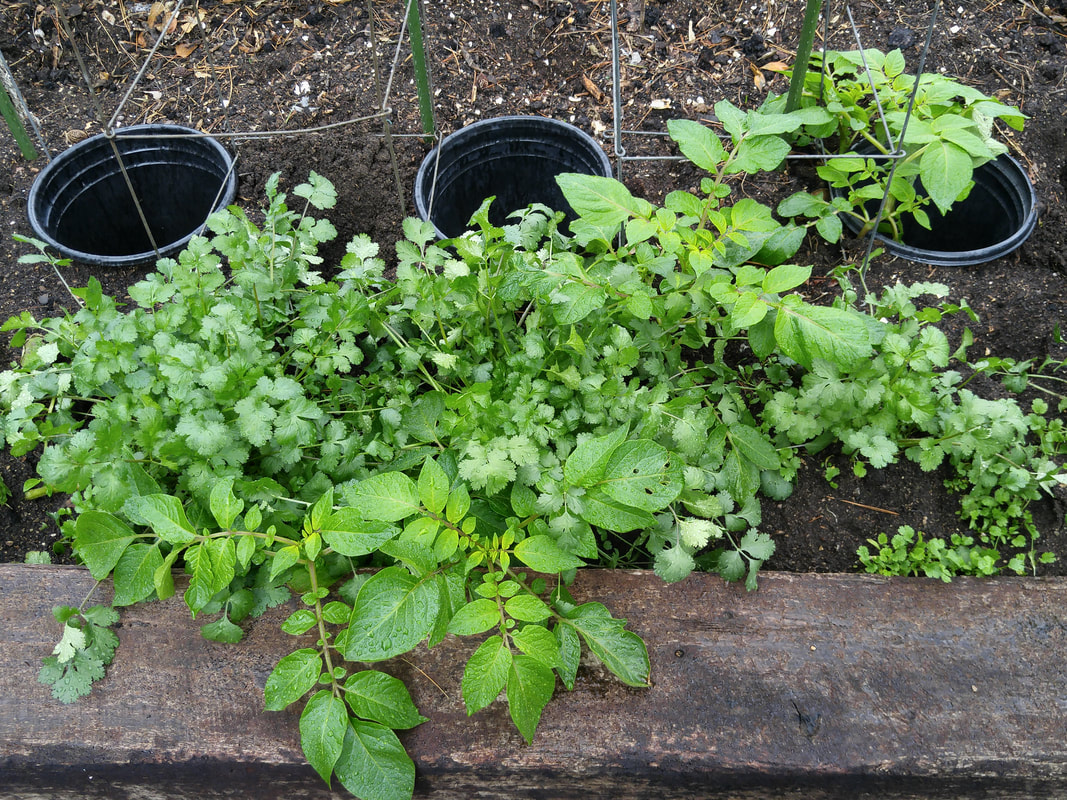
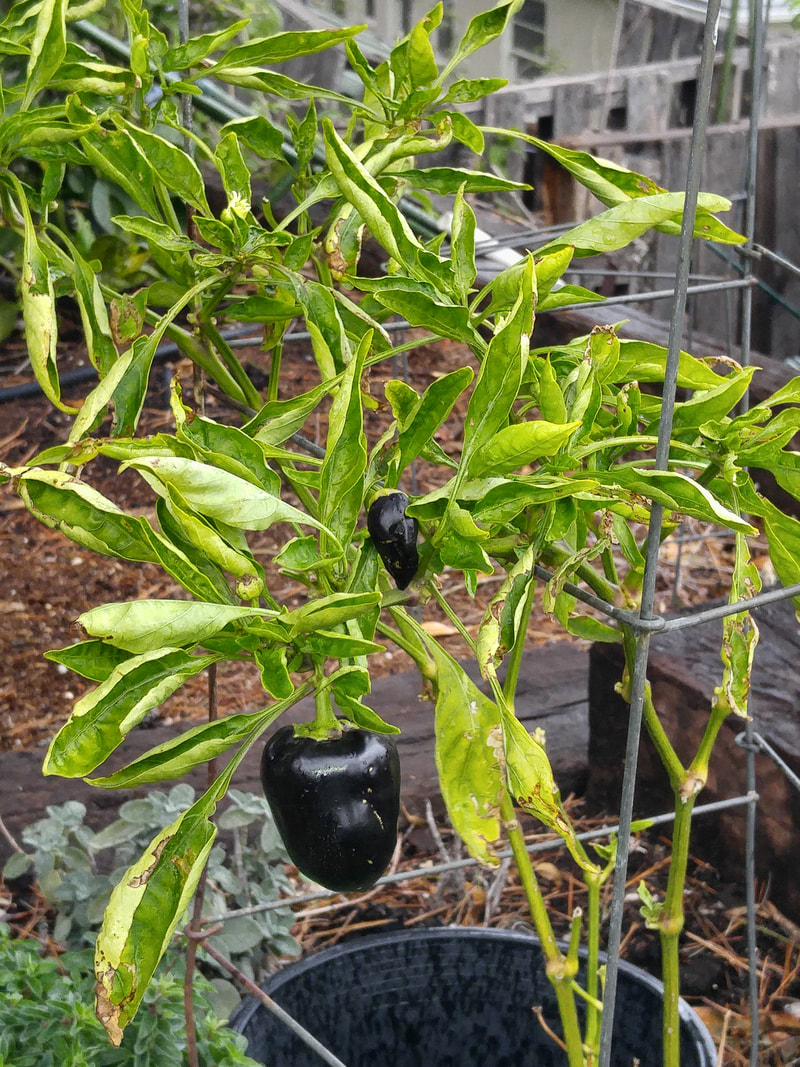
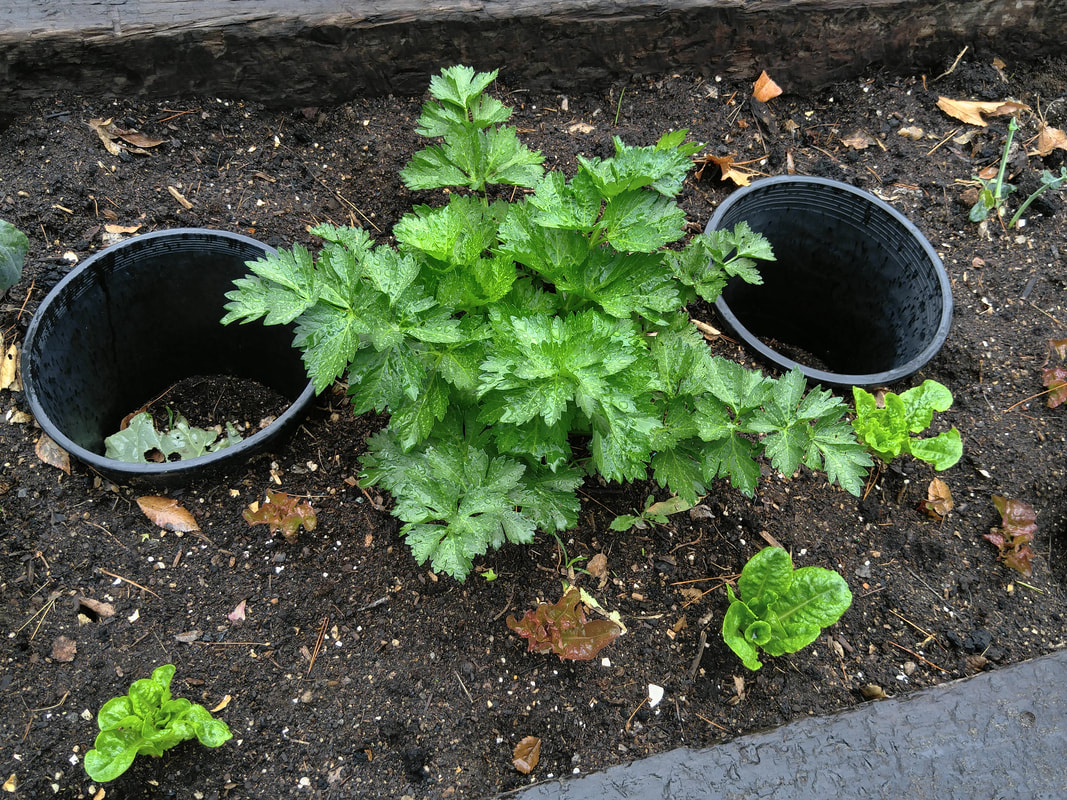
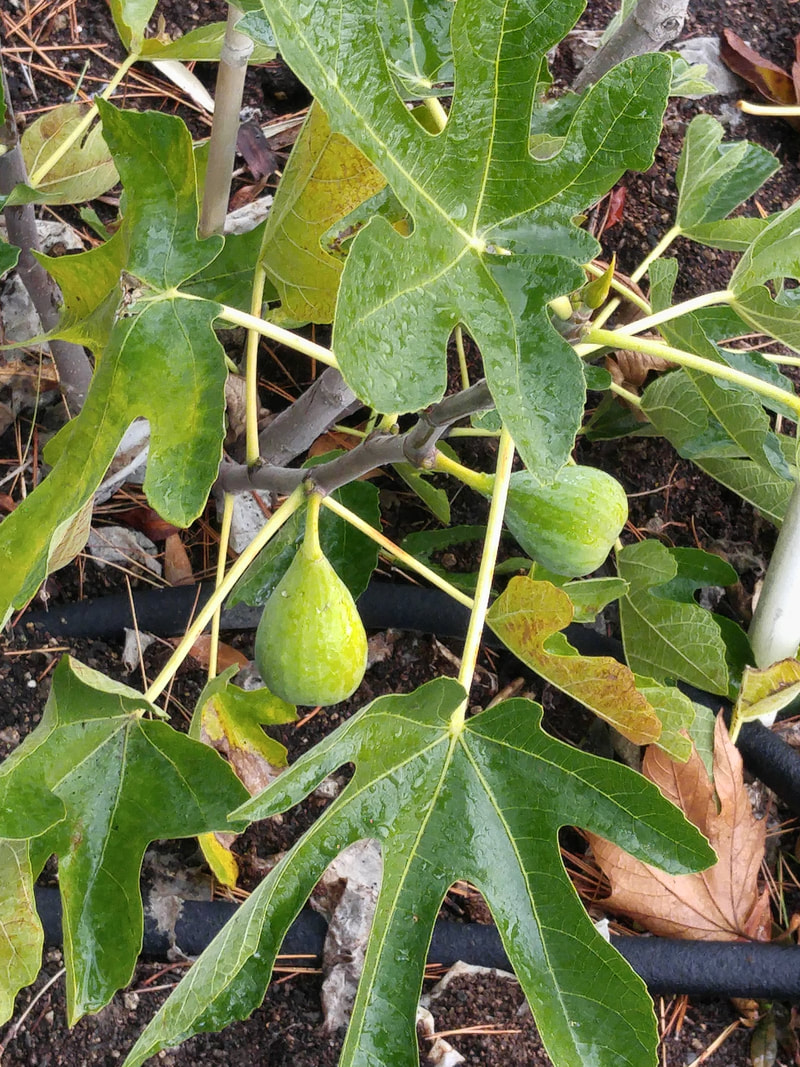

 RSS Feed
RSS Feed